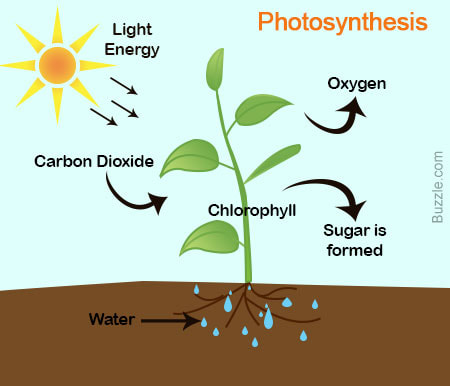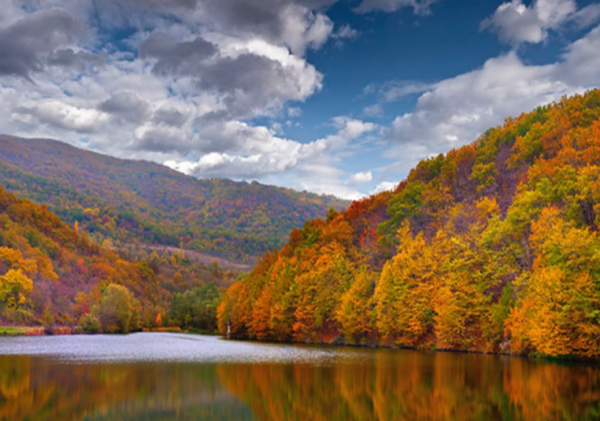Why Do Leaves Change Colors?
As we are now in October, plants in the mid-latitudes will start their gradual process from having leaves full of green color to having no leaves at all. Depending where you live, this process may start as early as September or as late as December. Colors of many shades from yellow to orange to red will start making up the landscape. As beautiful as this is, many people will not stop to think about the important transitional phases these plants must go through before winter arrives.
This transition from leaves to no leaves is necessary for plants to store their energy when winter arrives. It would take a lot of energy for plants to keep their leaves healthy because of the cold and dry winter months. There’s also less direct sunlight which gives plants their energy. When the leaves fall, the holes where the leaves once were, close up enabling the plant to store water. In essence deciduous trees (oak, maple, walnut, etc.) go into hibernation mode.
Before this period, is autumn. This is when trees start to change colors. This change is more noticeable the further north you travel, especially during the first part of the season. As temperatures start to cool off and the days become shorter, a process known as photosynthesis becomes less frequent. This process uses chlorophyll to absorb energy (sunlight) and to convert it into chemical energy for the plants. Carbon dioxide is absorbed by the plant and oxygen is then released. Physically, chlorophyll is the green pigment within the plant itself. During autumn, less and less chlorophyll is produced, resulting in leaves changing their colors. This is because chlorophyll is broken down into smaller molecules allowing for other pigments to show their colors. The diagram below shows a more detailed view of the process of photosynthesis.
Not all trees shed their leaves. You may have noticed that up in the mountainous regions, some conifers (pine, spruce, cedars, etc.) never lose their leaves, despite it being much colder. This is because they are able to retain water much more easily than deciduous trees. They are able to store water because of their waxy coating.
The weather also affects the intensity of the colors we see. Low temperatures that are above freezing will favor bright red colors in maple trees. If there is an early frost, on the other hand, the red color will be less vibrant. Increased rainfall and cloudy weather will also produce better colors.
To see when your areas may be seeing the change in the seasons, you can access the following link https://smokymountains.com/fall-foliage-map/.
Credit: Arizona State University Biology Department, SUNY College of Environmental Sciences and Forestry Department
© 2019 Meteorologist Corey Clay
AlabamaWX is pleased to partner with the Global Weather and Climate Center team for outstanding posts about our atmosphere. Visit them at https://www.globalweatherclimatecenter.com for more great information!
Category: ALL POSTS, Partner News Stories

















